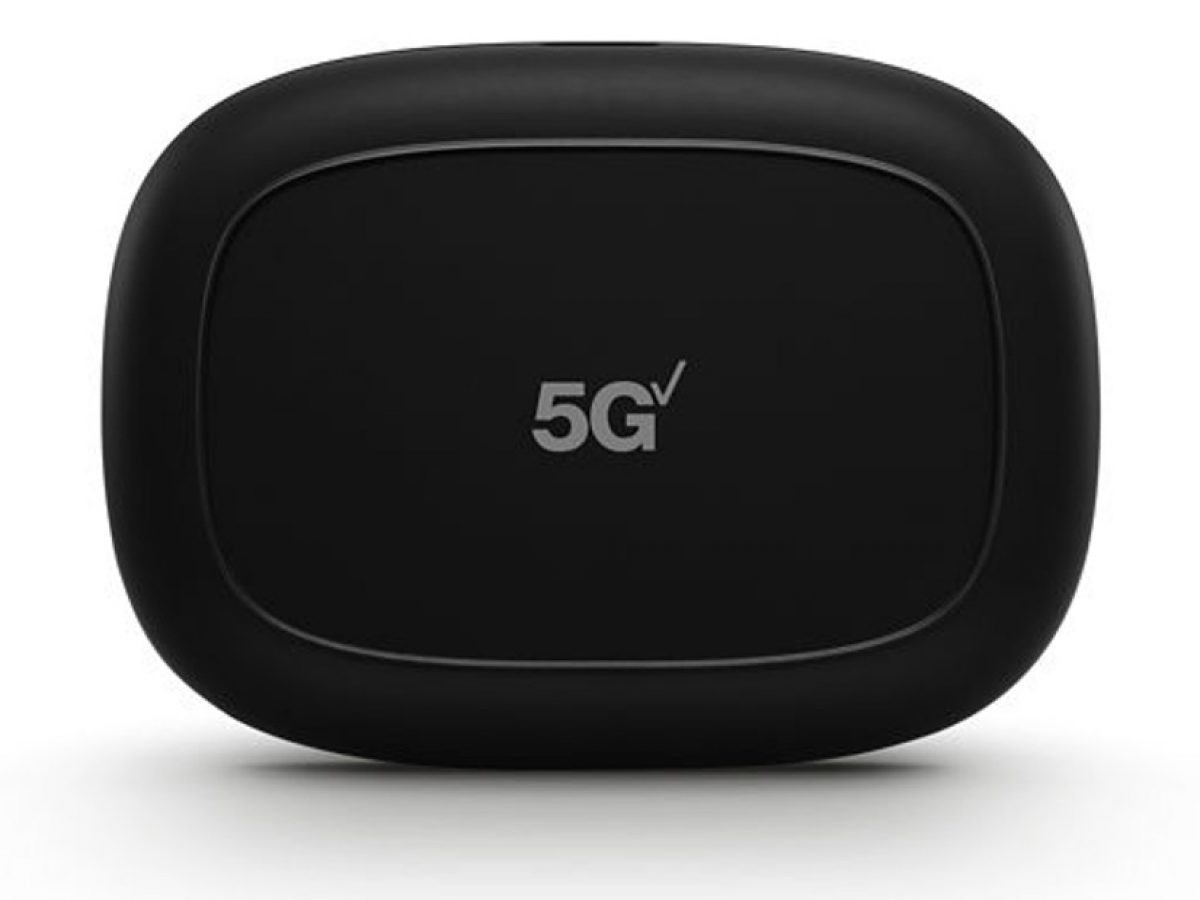

Those use cases all make sense given the large number of devices the Vodafone 5G Mobile Hotspot can get online and its robust battery life, but really anyone who wants to connect a laptop, tablet or other device to the internet at 5G speeds when out and about could benefit massively too. Another usage scenario the network highlights is families who work from home and need additional broadband support. So it’s a full-featured device, and it’s one that Vodafone seems to be marketing in large part at those who run a small business, have a second home, or have a home office, or those who don’t operate their business from a fixed location. Wi-Fi 6 support ensures a speedy and efficient internet connection, and it also includes one Ethernet port and two external antenna ports. The Vodafone 5G Mobile Hotspot also includes a colour touchscreen, and is designed to be simple enough to set up in minutes. This is a rebranded ZTE MU5001, and it has some impressive specs, including the ability to get up to 32 devices connected to 5G (or 4G) all at the same time, and a battery life of up to 8.5 hours. You’ve been able to get 4G mobile broadband on Vodafone for a long time, but now finally you can also get 5G mobile broadband, as the company has launched the Vodafone 5G Mobile Hotspot.

Verizon and AT&T will both want the fast, costly technology in their hotspots. So what's holding the industry up? The cost of millimeter-wave devices has got to be part of it. You'd think there would be an opportunity there. In the meantime, AT&T launched an entire new low-band 5G network, and Sprint and T-Mobile merged. Inseego and Netgear, the two big hotspot makers in the US, have both said they're working on more 5G access products, but Netgear's M5 hotspot may still be months away. If you're working on the go, or hiding out from the plague, a hotspot, especially one that attaches to an external antenna, can be a good solution. They often have better reception, larger batteries, support more devices, and can be billed separately from phones (which is key for businesses that use them for worksites and business travelers.) Because they don't have fancy screens and glass bodies, hotspots tend to cost less than half the price of smartphones with similar network capabilities. But there are enough reasons not to do that, which has kept the hotspot market alive for years now. Yes, you can argue that people should use their smartphones in hotspot mode. I'm currently re-testing Verizon's Inseego M1000 hotspot, still the carrier's only 5G hotspot, which was released last July. T-Mobile is terminating 5G service for its HTC 5G Hub it sells no alternative product. AT&T never did release its Netgear Nighthawk 5G to consumers.

Best Malware Removal and Protection Softwareīut since those first launches, the high-speed hotspot market has been in a deep freeze.



 0 kommentar(er)
0 kommentar(er)
